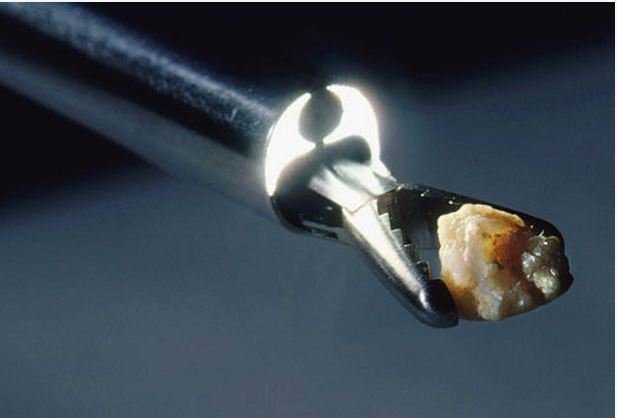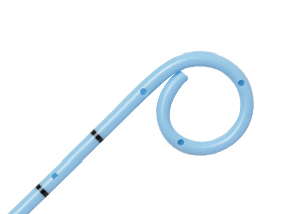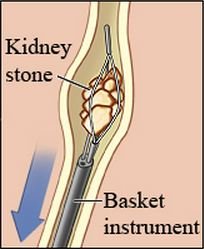Kidney stones – Treatments

Shock waves break up kidney stones (ESWL) Stones being removed via Ureteroscopy Treatment for kidney stones varies, depending on the type of stone and the cause. Small stones with minimal symptoms Most kidney stones won't require invasive treatment. You may be able to pass a small stone by: Drinking water. Drinking as much as 2 to 3 quarts (1.9 to 2.8 liters) a day may help flush out your urinary system. Unless your doctor tells you otherwise, drink enough fluid — mostly water — to produce clear or nearly clear urine. Pain relievers. Passing a small stone can cause some discomfort. To relieve mild pain, your doctor may recommend pain relievers such as ibuprofen (Advil, Motrin IB, others), acetaminophen (Tylenol, others) or naproxen sodium (Aleve). Medical therapy. Your doctor may give you a medication to help pass your kidney stone.
What is a Double J Stent ?

What is it? A thin, hollow tube placed inside the ureter during surgery to ensure drainage of urine from the kidney into the bladder. J shaped curls are present at both ends to hold the tube in place and prevent migration, hence the description "Double J stent". Purpose? It allows the kidney(s) to drain urine by temporarily relieving any blockage, or to assist the kidney(s) in draining stone fragments freely into the bladder if definitive kidney stone surgery is carried out.
Kidney Stones – What Increases Your Risk ?

Several risk factors (things that put you at risk) for kidney stones make it more likely that you will get them. Some of these things you can control, and others you simply cannot. Risk factors that you can control Factors you can control include: How much fluid you drink. The most common cause of kidney stones is not drinking enough water. Try to drink enough water to keep your urine light yellow or clear like water (about 8 to 10 glasses of water a day). Your diet. Diets high in protein, sodium, and oxalate-rich foods, such as dark green vegetables, increase your risk for kidney stones. If you think that your diet may be a problem, schedule an appointment with a dietician and review your food choices. Being overweight. This can cause both insulin resistance and increased calcium in the
